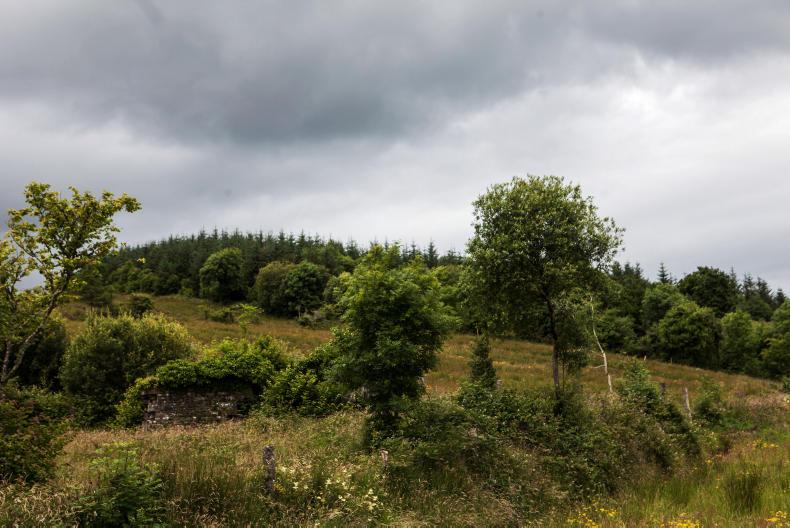No one can say it was rushed, as it is over 11 years since a consultative group was established to review the 1946 Forestry Act. What has emerged is the Forestry Act 2014, which was signed into law by the President on 26 October 2014, while the provisions of the act came into force last Wednesday (24 May).
Minister for Agriculture, Food and the Marine Michael Creed has signed the commencement order for the Forestry Act 2014, which brings the entire act into force and repeals the 1946 act.
New forestry regulations, which provide the regulatory basis for a number of forestry activities including the licensing of felling, aerial fertilisation, afforestation and forest road construction, also came into effect last Wednesday.
“The Forestry Act 2014 is an important piece of legislation, which will make a significant contribution to the development of forestry by providing a more flexible system for regulating forestry activities, in general, and the felling of trees in particular,” said Minister of State with responsibility for forestry Andrew Doyle.
The act is wide-ranging, but a number of issues will impact directly on the forestry programme, not least felling licences, afforestation, fertilisation and roading.
Felling licences
Minister Doyle, who is a forest owner himself, addressed a number of issues including the felling licensing system which will impact on wood mobilisation.
“There is now a single licence process for tree felling, extended duration of felling licences and an increased list of exempted trees which will not require a felling licence,” he said. “The act also introduces tougher penalties for illegal felling of trees, with the aim of maintaining the area of existing forests and helping to prevent future deforestation.”
Aerial fertilisation
As has applied up to now, aerial fertilisation is prohibited during the period from 1 September to 31 March of the following year “unless where the Minister considers that exceptional circumstances so warrant”.
The new regulations retain the same limits for permissible fertiliser types, concentrations and application rates, and revise the exclusion zones for certain environmental sensitivities. Many foresters argue that this regulation is far too restrictive, especially for a land use which may require a maximum of two fertilisation applications over a 40-year rotation.
Afforestation and roading
The major change in relation to licensing or consent for afforestation and forest road construction is the introduction of a requirement for the placing of site notices on areas proposed for afforestation or the construction of a forest road. All afforestation and forest road applications submitted for approval must have a site notice appropriately positioned on the site. All unexpired afforestation and forest road approvals issued before last Wednesday will continue to be valid under the law.
The site notice must be maintained in position for a period of not less than five weeks from date of receipt of the licence application by the Department. If the notice is removed or becomes illegible it must be replaced within that period.
Issues such as climate change didn’t feature during much of the lifetime of the 1946 act, which the Minister acknowledged. “While the State already derives significant benefits from our forest resource, I believe that our forestry sector still has enormous potential in terms of the economic, environmental, climate change, recreational and tourism benefits that it can deliver,” he said.
Innovative project to support the value and market reach of Irish timber






 This is a subscriber-only article
This is a subscriber-only article










SHARING OPTIONS: